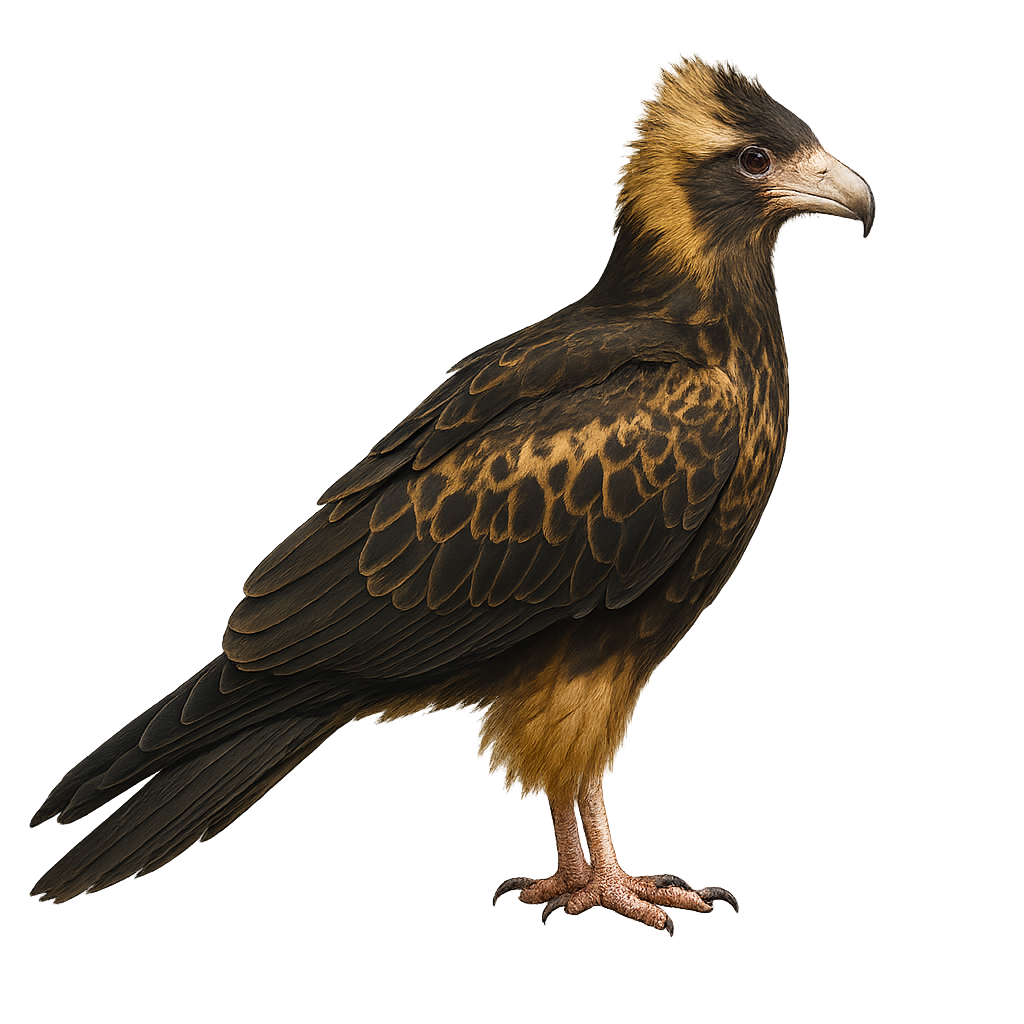Your wildlife photography guide.
Explore the black-breasted buzzard in detail, study its behavior, prepare your shots.
Where to observe and photograph the black-breasted buzzard in the wild
Learn where and when to spot the black-breasted buzzard in the wild, how to identify the species based on distinctive features, and what natural environments it inhabits. The WildlifePhotographer app offers tailored photography tips that reflect the black-breasted buzzard’s behavior, helping you capture better wildlife images. Explore the full species profile for key information including description, habitat, active periods, and approach techniques.
Black-breasted Buzzard
Scientific name: Hamirostra melanosternon

IUCN Status: Least Concern
Family: ACCIPITRIDAE
Group: Birds
Sensitivity to human approach: Suspicious
Minimum approach distance: 30 m
Courtship display: July to August
Incubation: 34-38 jours
Hatchings: August to October
Habitat:
open woodlands, savannas, arid regions
Activity period :
Primarily active during the day, with peak activity in the morning and late afternoon.
Identification and description:
The Black-breasted Buzzard, or Hamirostra melanosternon, is an impressive raptor native to Australia, known for its distinctive black breast and ability to crack emu eggs with stones. This bird measures about 50 to 60 cm in length with a wingspan of 1.5 meters. It primarily inhabits arid and semi-arid regions, favoring open woodlands and savannas. Its plumage is mostly dark brown with black markings on the breast and broad wings. The Black-breasted Buzzard is an opportunistic hunter, feeding on small mammals, birds, and reptiles. It is also known for its unique behavior of using stones to crack open other birds' eggs.
Recommended lens:
400mm – adjust based on distance, desired framing (portrait or habitat), and approach conditions.
Photography tips:
To photograph the Black-breasted Buzzard, it is advisable to use a telephoto lens of at least 400mm to capture detailed images from a distance. As this raptor is suspicious, it is important to remain discreet and blend into the environment to avoid scaring it away. Opt for times of the day when the light is soft, such as early morning or late afternoon, to get well-lit shots. Be patient and ready to wait to capture the moment when the bird is most active.
The WildlifePhotographer App is coming soon!
Be the first to explore the best nature spots, track rutting seasons, log your observations, and observe more wildlife.
Already 1 429 wildlife lovers subscribed worldwide

